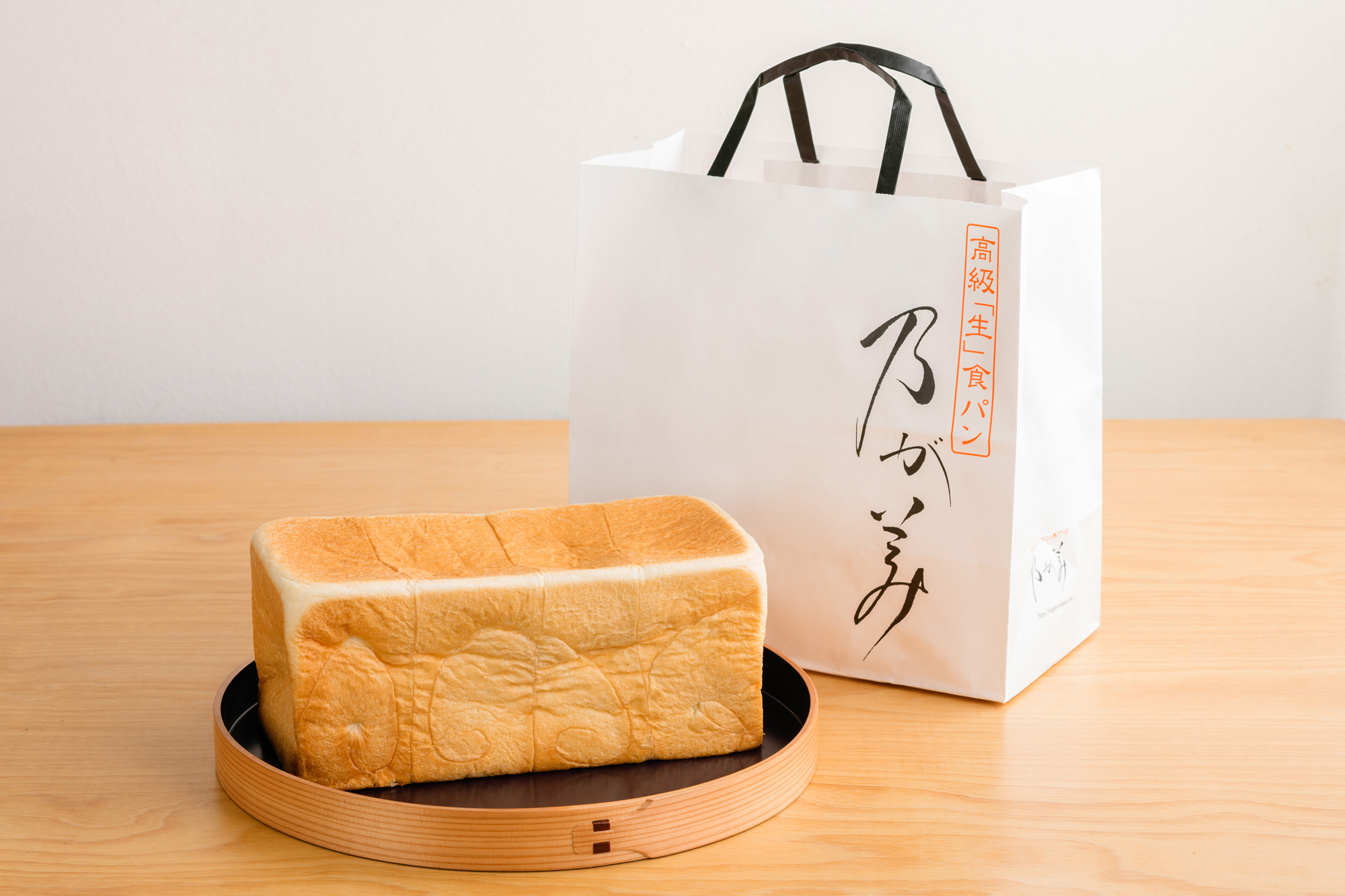Seven years ago, Yuji Sakagami was visiting a nursing home when the seed for a new loaf of bread was planted in his mind.
Some of the home's residents were complaining that the crust of their shokupan — the ubiquitous, and often bland, loaf of bread preferred in Japan — was too hard to eat, and so it would often be discarded. For Sakagami, it was not only a pity that it could not be eaten, but also a waste.
So Sakagami, 50, set about — to borrow a phrase from the tech world — disrupting shokupan. Specifically, what he wanted to create was a loaf that was soft and fluffy throughout, right up to the crust, which, while still firm, would also be gossamer-thin so that it would not be a barrier to consumption.



